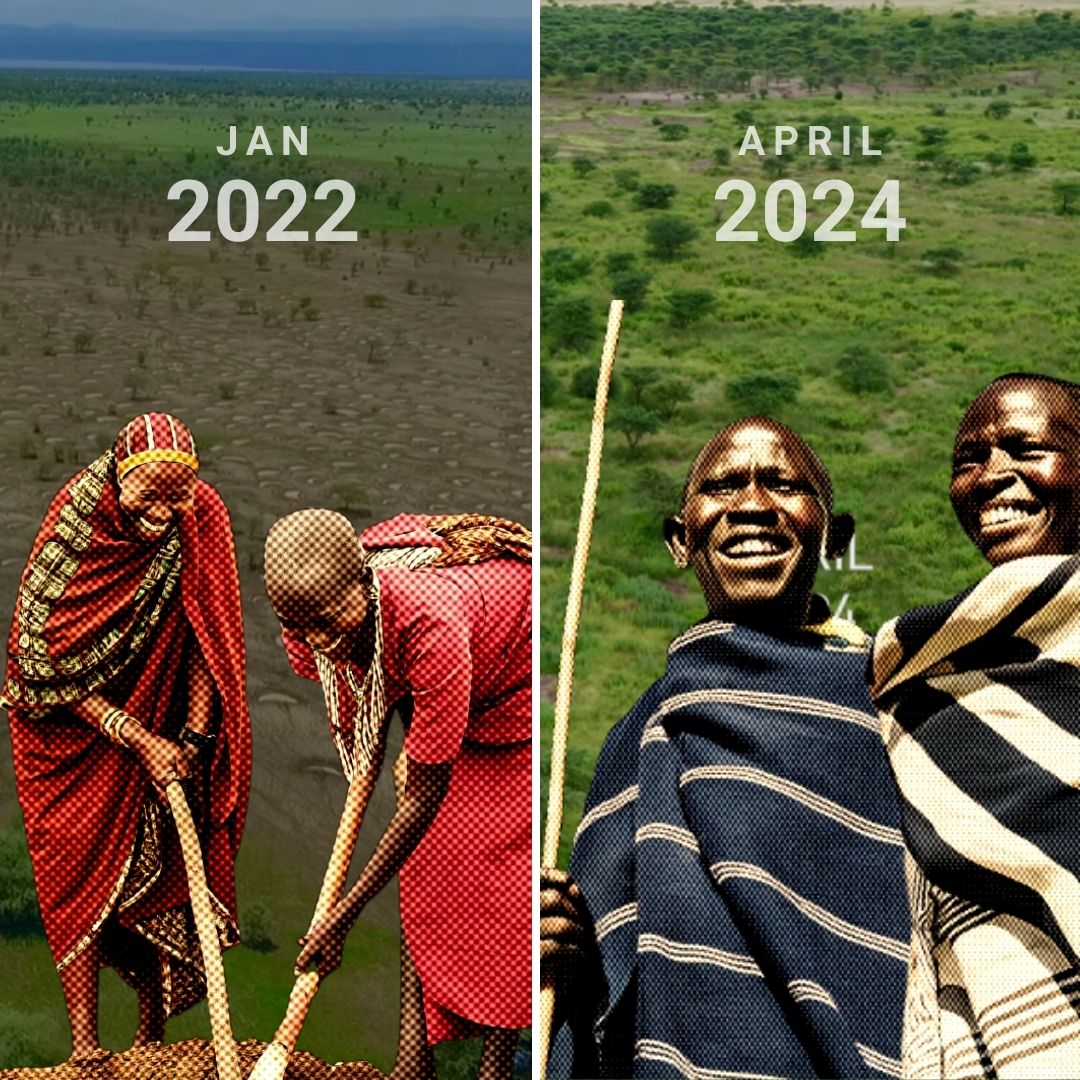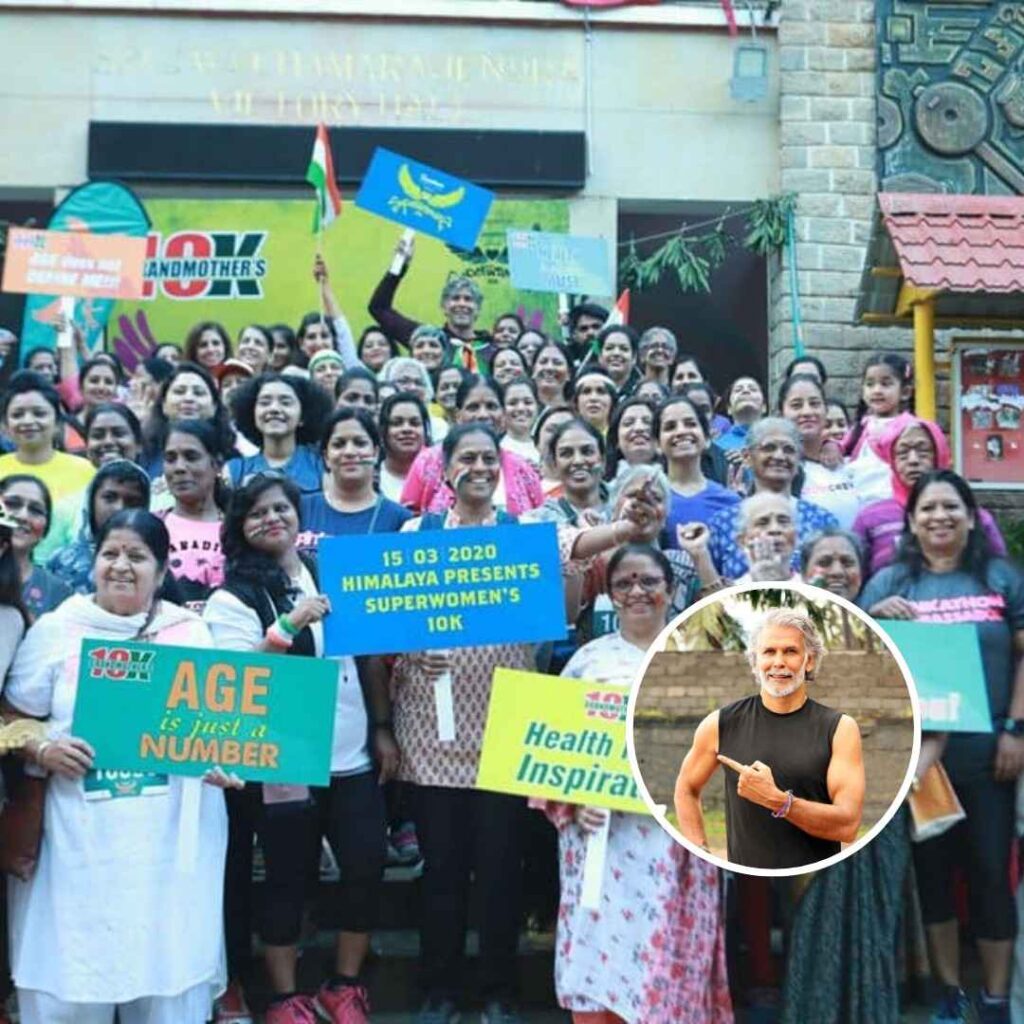Esilalei village has embraced sustainability in an inspiring way, showcasing a remarkable transformation over just two years. The initiative, known as #EarthSmiles, has revitalized the landscape and demonstrated the power of community-driven environmental efforts.
A Green Revolution
In the heart of Tanzania, Esilalei village has become a beacon of hope and resilience. The journey began with the creation of semi-circular bunds designed to capture and store rainwater. This innovative approach not only prevents soil erosion but also facilitates the recovery of local vegetation. As a result, the once barren land is now adorned with lush greenery, marking a significant shift in the ecosystem.
The Regreening Impact
The regreening process initiated by the villagers has been transformative. Initially, vegetation flourished within the bunds, but it quickly spread to surrounding areas, enveloping the entire plot in vibrant green. This natural recovery has enhanced the aesthetic appeal of the village while improving biodiversity and soil health.
Sustainable Practices
The success of Esilalei’s green initiative is attributed to its sustainable practices. By effectively capturing and storing rainwater, the community ensures a consistent supply of moisture for plants, even during dry spells. This method fosters a lasting impact on the environment, creating a self-sustaining ecosystem that benefits both people and wildlife.
Community Engagement
The #EarthSmiles project is a testament to what can be achieved when communities come together for a common cause. Local residents have actively participated in planting trees and maintaining the bunds, fostering a sense of ownership and pride in their environment. This collective effort not only strengthens community bonds but also educates future generations about environmental stewardship.
Recent Developments
In collaboration with organizations like Ujamaa Community Resource Team (UCRT), Esilalei has worked diligently to secure land rights through Communal Certificates of Customary Rights of Occupancy (CCRO). This legal framework empowers villagers to manage their land sustainably while protecting their cultural heritage. Community leaders emphasize that these efforts have established clear ownership and usage rights, preventing unauthorized changes to land use.Despite these successes, Esilalei faces ongoing challenges such as agricultural expansion and climate variability that threaten their regreening efforts. However, community members remain committed to overcoming these obstacles through education and sustainable practices.
Future Goals
Looking ahead, Esilalei village plans to expand its focus on sustainable agriculture and environmental conservation. Community leaders express hope that future initiatives will include more extensive reforestation projects and educational programs for youth about environmental stewardship.
Conclusion
Esilalei village’s journey towards sustainability serves as an inspiring model for other communities facing similar challenges. Through innovative practices like rainwater harvesting and community engagement, they have demonstrated that positive change is possible within a short timeframe. As more villages adopt similar strategies, the vision of a greener planet becomes increasingly attainable.
The Logical Indian’s Perspective
Esilalei village’s #EarthSmiles initiative embodies the principles of peace and coexistence that The Logical Indian champions. The Maasai community’s commitment to sustainable practices demonstrates that positive social change is achievable through shared values and collaboration. How can we support indigenous initiatives that prioritize environmental sustainability? Share your thoughts in the comments!












